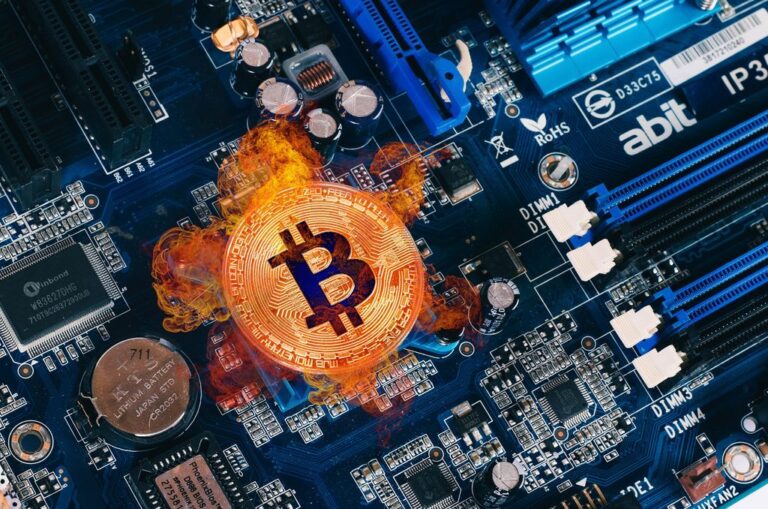Introduction:
Digital assets, such as cryptocurrencies and other blockchain-based tokens, have grown rapidly in popularity and adoption in recent years. While these assets offer many benefits, such as increased security and efficiency, they also pose new challenges for regulators and policymakers.
In this blog post, we will explore the importance of regulating digital assets, covering important points, answering frequently asked questions, discussing potential pros and cons, and providing a final conclusion on the topic.
Important Points:
- Digital assets are a new class of assets that are primarily based on blockchain technology.
- Digital assets offer many benefits, such as increased security, efficiency, and transparency.
- However, digital assets also pose new challenges for regulators and policymakers, such as managing risks related to money laundering, fraud, and market manipulation.
- Without proper regulation, digital assets may be vulnerable to exploitation by bad actors, resulting in significant harm to consumers and investors.
FAQ’s:
What is digital asset regulation?
Digital asset regulation refers to the set of laws, rules, and guidelines that govern the use and trading of digital assets, such as cryptocurrencies and tokens.
Why is digital asset regulation important?
Digital asset regulation is important to ensure the safety and protection of consumers and investors, as well as to maintain the integrity and stability of financial markets.
What are some of the risks associated with digital assets?
Some of the risks associated with digital assets include money laundering, fraud, market manipulation, and cybersecurity threats.
What are some of the challenges in regulating digital assets?
Some of the challenges in regulating digital assets include the lack of global coordination, the rapid pace of innovation, and the complexity of blockchain technology.
Pros:
- Regulating digital assets can help protect consumers and investors from fraud, market manipulation, and other forms of exploitation.
- Regulation can help create a more stable and predictable environment for businesses and investors, which can promote innovation and growth in the digital asset ecosystem.
- Regulation can help promote global coordination and cooperation, which can help address issues related to money laundering, terrorism financing, and other cross-border risks.
Cons:
- Over-regulation of digital assets could stifle innovation and growth in the industry, potentially hindering the development of new and useful technologies.
- The complexity of blockchain technology and the rapid pace of innovation can make it difficult to craft effective and flexible regulatory frameworks that can keep pace with technological advancements.
- The lack of global coordination and differing regulatory approaches across different jurisdictions can create regulatory arbitrage and other unintended consequences.
Final Conclusion:
In conclusion, digital assets offer many benefits, but they also pose new challenges for regulators and policymakers. Without proper regulation, digital assets may be vulnerable to exploitation by bad actors, resulting in significant harm to consumers and investors.
Regulating digital assets is essential to ensuring the safety and protection of consumers and investors, as well as to maintaining the integrity and stability of financial markets. However, it is important to strike a balance between regulation and innovation to avoid stifling growth and development in the industry.
Effective and flexible regulatory frameworks that keep pace with technological advancements and promote global coordination and cooperation will be essential in ensuring the safe and responsible use of digital assets in the years to come.







